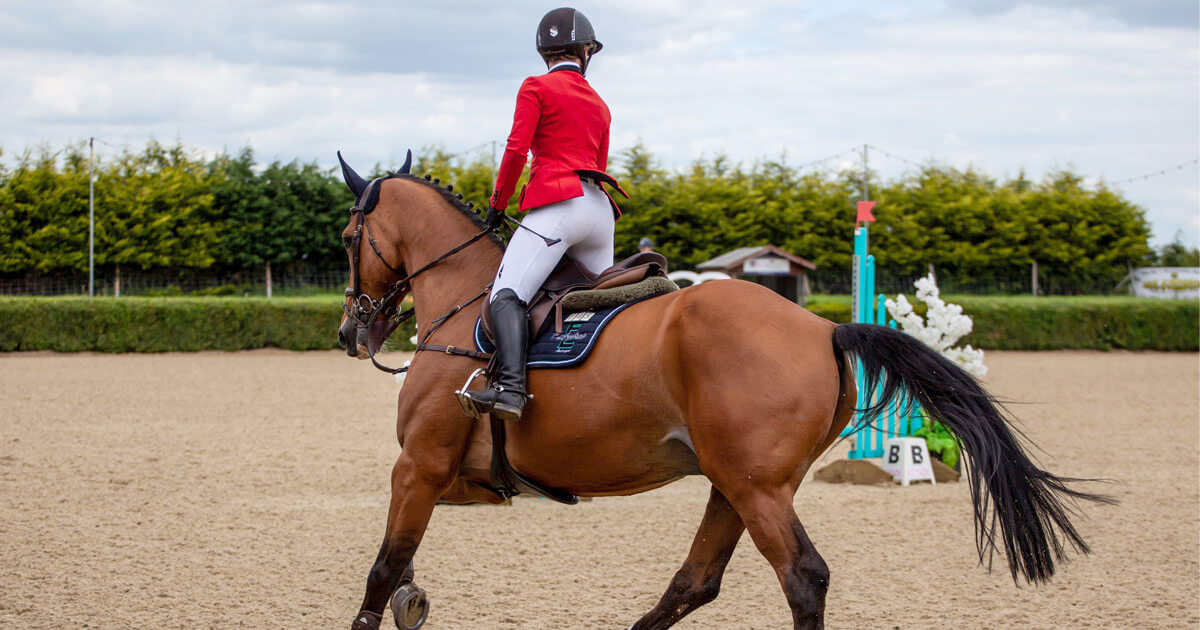My rodeo career ended in 1968 in Gerry, NY, with a broken leg and a broken heart. I loved the rodeo; it had become a way of life and I was totally focused on it. I entered my first rodeo in the junior steer riding competition when I was 13. At 14, I was the junior steer riding champion in Ontario. Unfortunately, there was only one way off those animals and you rarely landed on your feet, so at 15 I switched to calf roping and at 16 won the Ontario championship in calf roping. I missed a lot of school, but I never missed a rodeo. I won because I lived that saying “practice makes perfect.” I used to come home after school and practice roping a bale of hay. My mom would call me for dinner and I would eat and be right back out there roping the bale of hay until dark. Consequently, I almost never missed the calf and I was consistently in the money. That’s how you win championships. This same principal applies throughout life.
Within three years of winning the calf roping, I had made my way from the rodeo to the racetrack to show jumping and become Open Jumper champion at The Royal. How does one go from no experience jumping horses to open jumper champion at the Royal in three years? There are several factors, not the least of which is being well-mounted on a quality horse – but there still needs to be a competitive, accurate ride to end up the winner!
I accomplished this, without a riding lesson, by being a student of the game and being as focused on it as I was with rodeo. I watched, I asked questions, and most of all I practiced exercises which I believed were vital to me being competitive. I realized very early on that finding the distance to the jump was vital to producing clear rounds. To develop an eye for distance by jumping will require a lot of horses and a lot of jumps. I lived that saying “practice makes perfect” although it is misleading. You will never be perfect – that’s a dream – but practice will improve your skills, your performance, and ultimately your results in whatever you tackle. Here are two exercises that helped me develop that keen eye for distances.
Exercise #1: I devised a technique to train my eye without jumping fences. As I rode by a jump standard, I would adjust the horse’s stride so that if I were actually in front of the jump and not beside it I would have a good take-off spot. I didn’t just do this occasionally; I never rode by a jump without doing it. Then I would practice with more pace, off turns, and then tighter turns. When I galloped racehorses I used the posts on the rail as the jump marker. Before long I could steeplechase! I was doing two things when I rode those racehorses: I was exercising horses, and I was training Hugh Graham and I would say training myself was the priority.

Begin by simply cantering past fences, adjusting your stride for an imaginary take-off spot. Then progress to actual poles on the ground. The beauty of these exercises is that neither will overwork or overface your horse. (Andrew Bailini photo)
Exercise #2: Another simple exercise to train your eye is simply cantering over a pole on the ground. It’s all about being accurate to the jumps. Start with a normal canter stride, approximately 12′, and remember that consistency is key. It’s easier to find any distance from a stride that isn’t changing. Eventually you can start working with a longer stride and even a gallop. Then start practicing your turns. The options are endless and the best part is you can’t over-train, you just keep improving.
In the next issues the focus will be on riding courses accurately, having a plan for the lines and the turns, and of course the time allowed in the jumper ring.
Veteran show jumper Hugh Graham has represented Canada at Olympic and Pan Am Games, World Championships, and World Cup Finals. He will be sharing his hard-earned wisdom in a new column about riding, competing, and life lessons.


